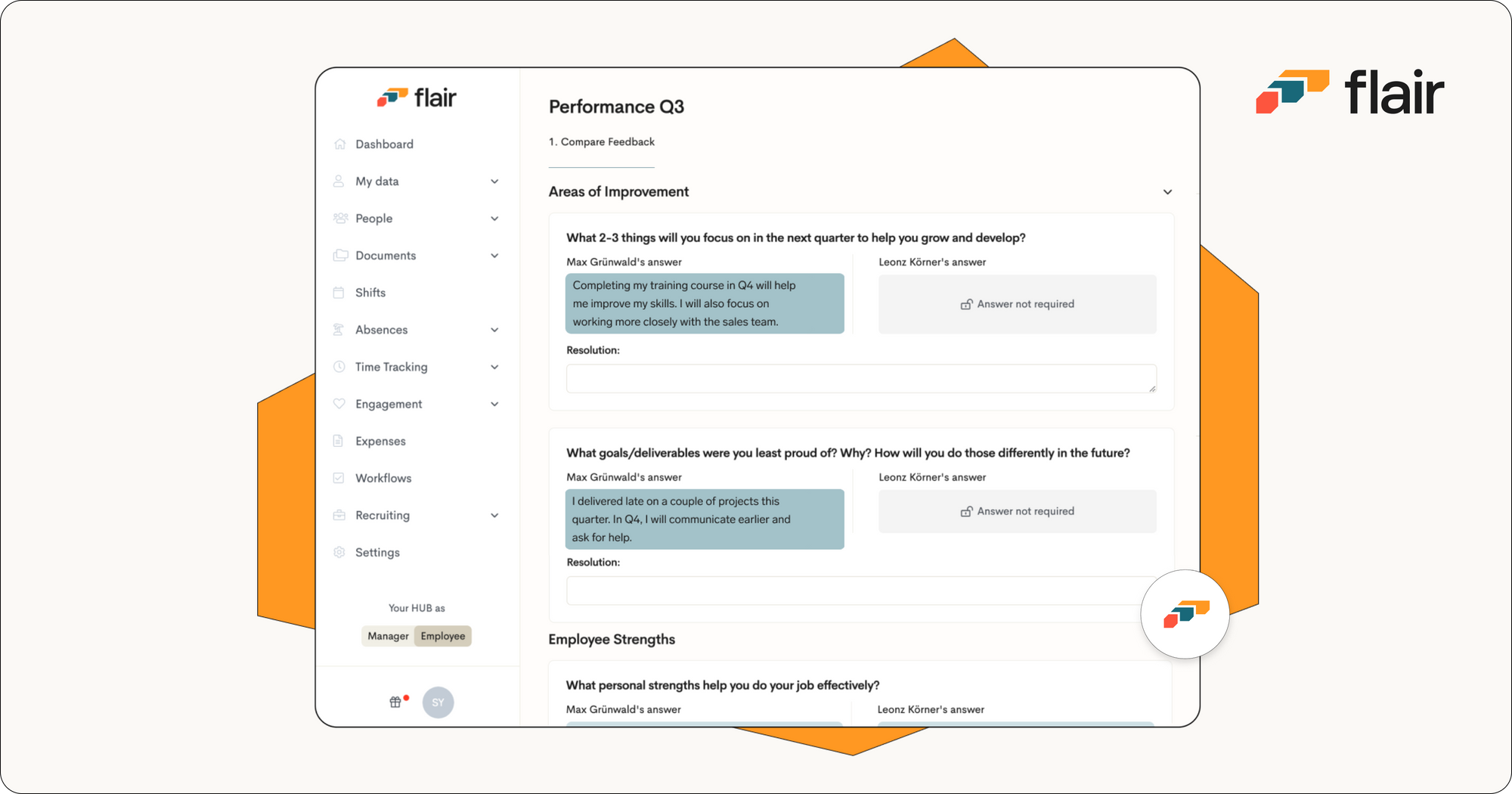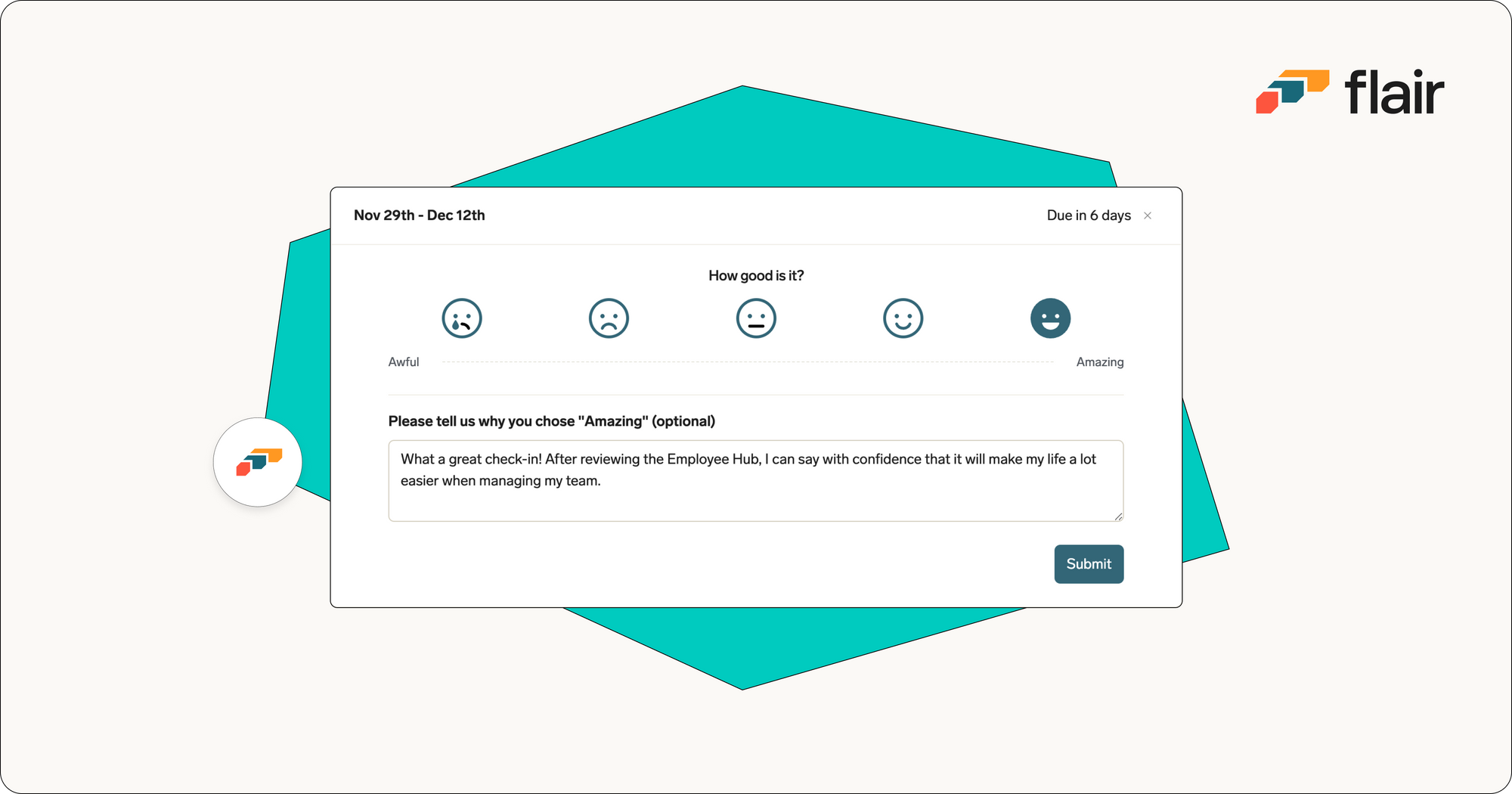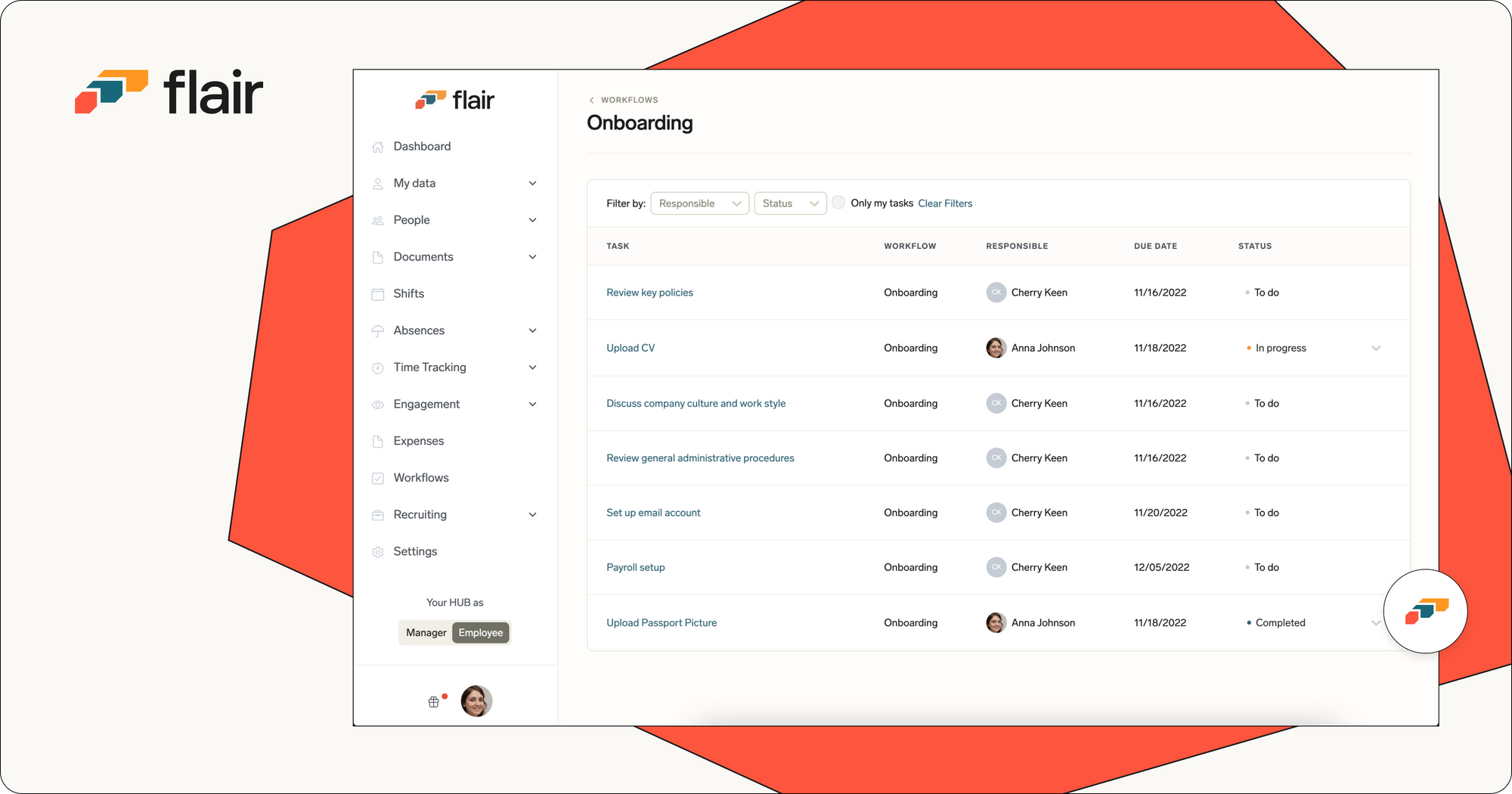Origins to Innovation: Cloud Computing's Impact on HR
Do you know why it's called cloud computing and are you aware of the benefits to HR?
- 06 Jun 2024
- Max 11 min read
The Number One HR Solution on Salesforce
The employee experience is a crucial differentiator that improves employee retention and contributes to your company’s bottom line. These practical tips and examples show you how to enhance the entire employee journey.
Employee experience is a phrase on the lips of many HR leaders right now. But what exactly does it mean? The employee experience comprises all the touchpoints an employee has with their employer – from the application process to their last day at the company. The human resources department plays a vital role in this. They are often the first point of contact for applicants and can influence their decision on whether or not to join the company. Ideally, HR teams should be able to put themselves in the applicant’s shoes to understand what they need and what they want. Doing so can help the organization become an attractive employer and gain an edge in the search for talent.
The employee experience starts with the interactions between an applicant and the company they are applying for. Little touches, such as personalized messages and feedback, can make a big difference when trying to fill vacancies and build a positive relationship with candidates. Beyond the hiring process, you should create memorable moments that boost employee engagement, team spirit, and emotional connection to the company. Offering employees training and development opportunities to hone their skills is another part of the employee experience. It is a holistic approach that makes for a positive work atmosphere and an appealing company culture.
To ensure a good employee experience, there needs to be effective communication between the company and candidates during the application process and onboarding. This enables the HR team to foster a positive employee experience from the very beginning and ensure a pleasant working atmosphere during the employee’s first weeks.
Digital recruiting solutions can help HR create personalized experiences for applicants while automating and scheduling parts of the communication. If an employee decides to join the company, all their personal details are instantly stored in the system. In the application and onboarding phases, software supports HR in managing and evaluating candidates, sharing applicants’ information with relevant stakeholders, sending personalized emails, and scheduling tasks and meetings. A good onboarding process should also include providing access to necessary software tools and familiarizing new hires with their role. New employees should feel welcomed, and queries should be addressed in feedback talks to quickly identify where support is needed.
Investing in the employee experience can have a positive impact on a company’s revenue. A great employee experience increases employee motivation and can improve customer satisfaction as the positive mood is reflected in employees’ interactions with clients. When employees feel happy and are given space to be creative and to reflect on themselves, they perform better, have more innovative ideas, and are more productive. Digital solutions can support you in implementing an employee experience strategy and form a solid foundation for building your company culture.
Establishing digital processes has many benefits for businesses. Firstly, it gives applicants the impression that the company is professional and well-organized, which can be a decisive factor in obtaining top talent. Happy, motivated, and satisfied employees perform better, which benefits the company as a whole. They also tend to share positive experiences in online reviews and recommend companies with positive cultures. This can boost your company’s reputation and influence other potential applicants. A positive employee experience can also result in employees staying with the company for longer. It’s never too late to start improving your employee experience. You can position yourself on the market with a strong employer brand and extend the employee lifecycle of your workforce.
In times when hybrid and remote work are becoming more prevalent, the emotional connection to a company no longer comes from the physical environment alone. The connection is formed independently of the work location. The employee experience needs to be apparent and maintained in the digital environment too, so remote workers are also included. In fact, employee engagement is even more important for employees who work from home. A company’s policy on remote work and mandatory physical presence is itself a factor in employee satisfaction. Today’s employees demand the freedom to work the way that suits them best. A good employee experience boosts employee engagement, which in turn improves the customer experience and leads to better business performance.
If you want to optimize the employee experience in your organization, check out some top tips below from leadership expert and author Jacob Morgan.
To develop a process that works for your entire organization, all departments should be involved and work hand-in-hand on the same strategy. Having an employee experience strategy helps define the direction and allocate the necessary resources. HR should not bear the responsibility alone. Managers from every department can help you implement your strategy.
A strong company culture doesn’t only contribute to your employer brand, but also creates a positive experience for your employees. Company culture influences the emotional connection between an employee and your company. For this reason, it is crucial to hire employees who are a good cultural fit and who share your company's values.
A seamless flow of information and constant communication help you identify the mood within your organization and take prompt action if it starts to decline. Digital communication and planning tools are essential to good collaboration, especially for companies with remote or hybrid workforces. You should regularly ask for feedback from your employees, but also reciprocate and provide feedback. In addition, you should set clear goals and define expectations with your employees, as this will make it easier to evaluate performance. This process can be digitized using a solution like flair. For example, you can set quarterly objectives and key results (OKRs) for each team to give employees a clear direction – and they can schedule and organize the necessary tasks in the solution. Incorporating tools like AI image generators can enhance your internal communication materials and presentations, making them more engaging and visually appealing.

Digital communication and planning tools, as well as a cloud contact center are essential to good collaboration, especially for companies with remote or hybrid workforces. Using a tool such as an AI form generator can help companies determine the most vital questions and quickly create a survey candidates will want to fill out."
The workplace experience is just as important for remote workers as it is for those who come into the office. The workspace must be a place where employees can focus, where they feel comfortable and motivated, and which has everything they need to perform at their best. As a company, you can provide a budget for the hardware that is necessary to set up a professional, ergonomic workspace – either in the office or in employees’ homes.
Key moments in communication with applicants can make them feel an emotional connection and form positive associations with your company. This is conducive to a good employee experience and can trigger the start of a long and productive relationship. Your HR team should have the empathy to understand employees’ needs and be alert to new trends.
An employee value proposition is an important part of the employer brand and is a promise of what an employer can offer its employees. It’s not just about offering a positive overall experience to potential new employees, but also checking that the values of both parties match. Career prospects are an important part of the employee experience, and positioning your company in this respect can help you differentiate yourself from the competition. Trying to anticipate an employee’s demands in advance can help you reach an agreement with them and prepare for negotiations.

The employee experience covers the entire lifecycle of employees within your organization. This process can be broken down into different phases.
The experience in the recruitment process, from the initial contact to the signed contract, is known as the candidate experience. To make a good first impression, companies need quick response times in their communication with candidates. To gather valuable insights and feedback from candidates, many organizations conduct a candidate experience survey to continuously improve their recruitment processes. They should also professionally maintain their presence on social media channels such as LinkedIn. By regularly posting interesting content and nurturing a network of contacts, social media recruitment can be a very effective way to hire new employees. It’s much easier to get a response from existing contacts than it is to convince cold contacts.
An effective onboarding process should be optimized by a digital solution. This can help make the individual steps more efficient and consistent but also create a more personalized experience. Digital checklists organize and simplify the newcomers’ first weeks and help them settle in. For HR professionals looking to improve internal communication, understanding how to write a memo can enhance clarity during onboarding, training, and feedback phases by streamlining message delivery across teams. You can assign new hires simple tasks to familiarize them with typical daily processes. The new hires can work through their to-do list while you ensure that nothing important is forgotten. Of course, personal contact is still important, so make sure to regularly check in with new joiners and see whether they have everything they need for a successful start.

During an employee’s time at your company, you should use software to track and analyze their potential. This allows you to identify opportunities to develop the employee’s skills. Develop a framework for your employees that helps them learn and thrive. Not only will your workforce benefit from honing their skills, but you will also increase the intellectual capital within your company. Moreover, you can use training initiatives to prepare employees to step up into more senior roles and prevent a skills gap. While this requires the company to dedicate sufficient budget to development initiatives, it is still more cost-effective to foster talent internally rather than scout for talent in a competitive market.
Former employees will remember how they parted company. This can be reflected in company reviews and the word-of-mouth recommendations that accompany a change of job. Stay friendly and appreciative towards employees and end the working relationship in a professional and empathetic manner. Employees frequently turn to company review websites such as Glassdoor when they leave a job. Positive reviews will boost your company’s reputation, while negative reviews can scare off potential candidates and lead to them choosing another place to work.
Being aware of the impact of positive and negative employee experiences is the first step – now it’s time to use it to your advantage. Plan your strategy carefully and execute it step by step to create a positive work experience for your current and future employees. The right digital HR solution can support you and accelerate the process. Your efforts and investment will contribute to your company’s success in the long run when your employees are more motivated, better trained, and ready to go the extra mile for your organization.

If you’re interested in improving your employee experience but you’re unsure of where to start, we can help. Download our free guide to find out how to plan and implement an employee experience strategy in your company.
Join flair’s newsletter to receive the latest tips & trends in the HR world.

